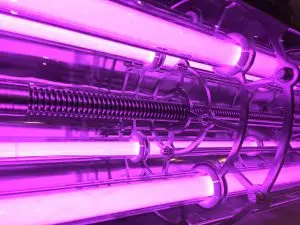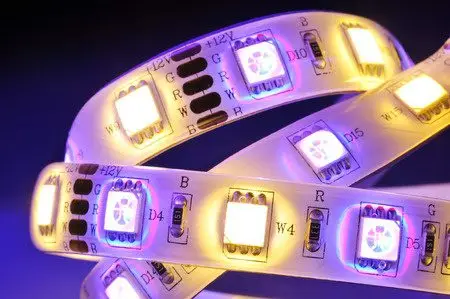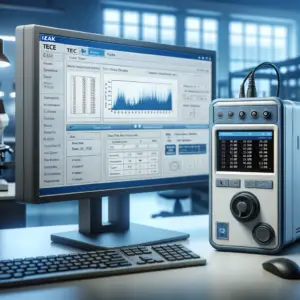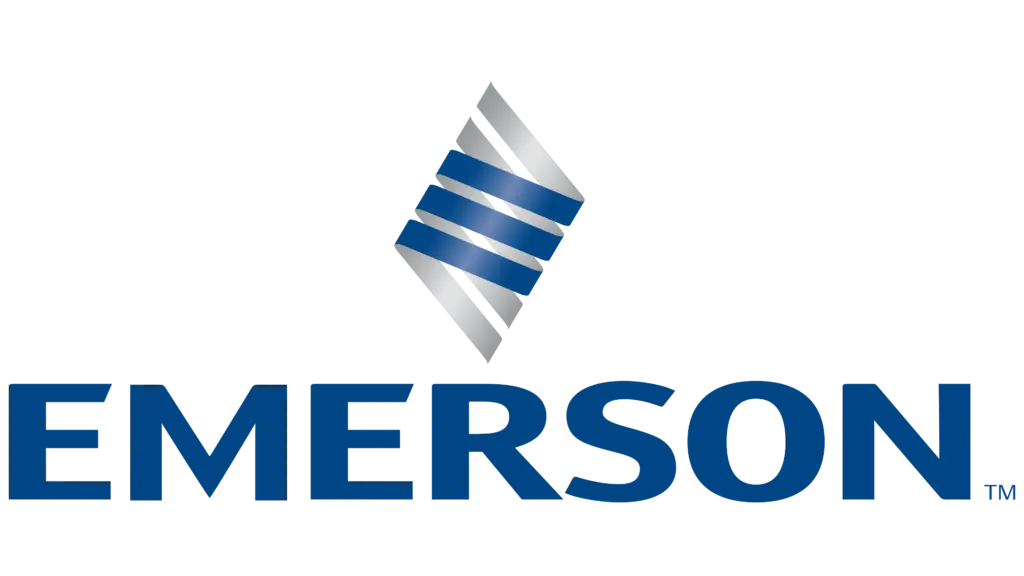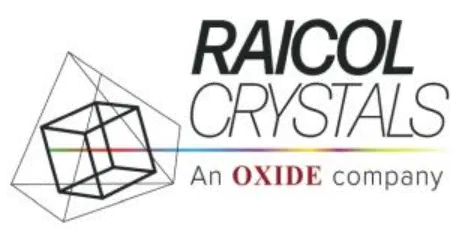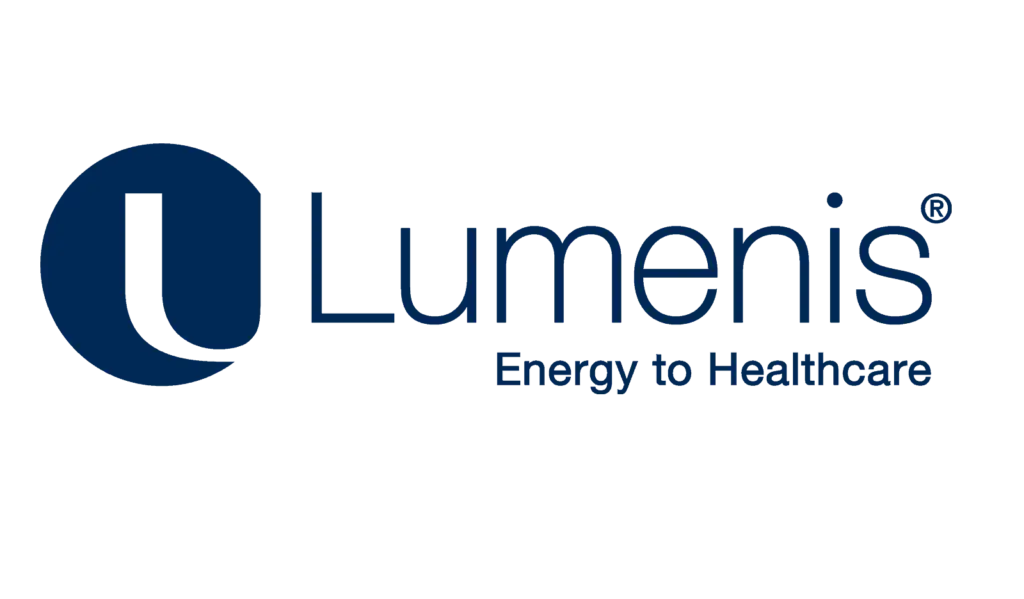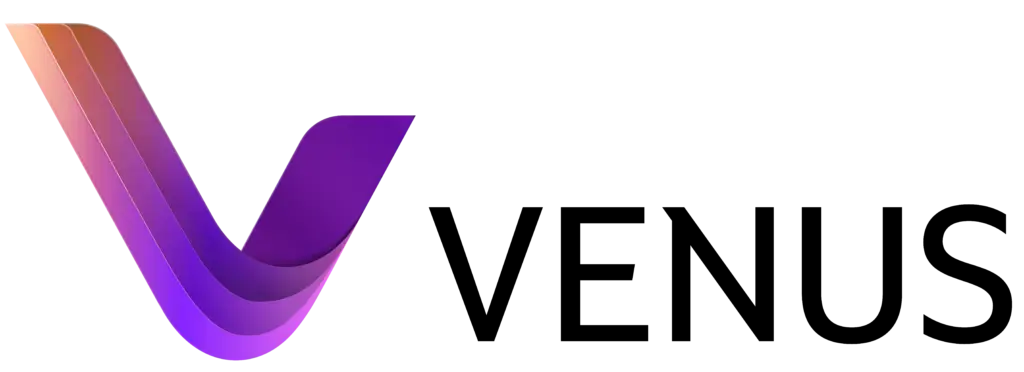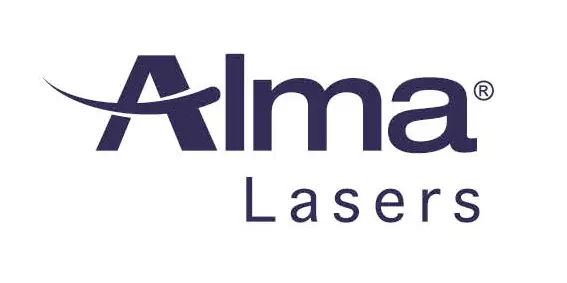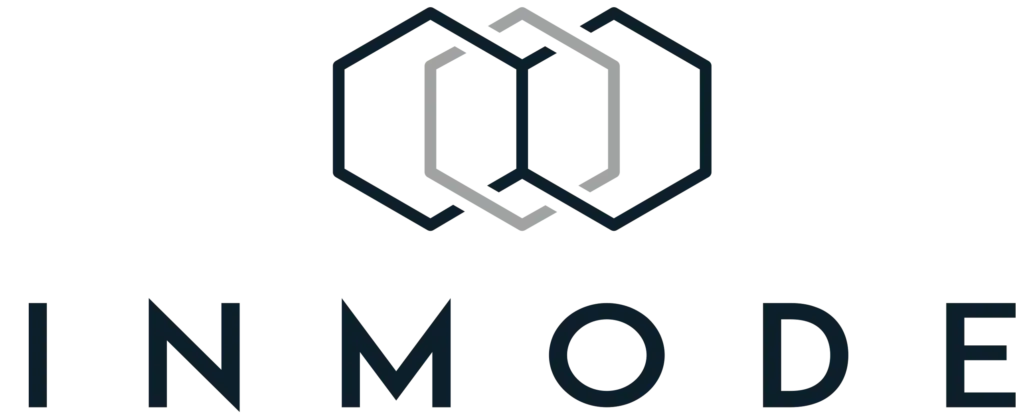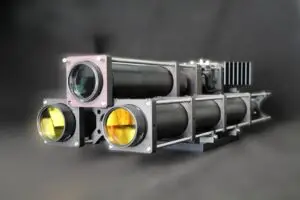Disinfectants are widely used to prevent and control microbes that are dangerous to human health. There are two types of disinfectants: chemical and physical.
Chemical and Physical Disinfectants. Mechanism of Action
Chemical disinfectants have different mechanisms of action to eradicate microorganisms. For example, some chemical substances rupture the microbial cell wall, altering various proteins and lipids. Other ways of microbial inactivation involve processes like oxidation and alkylation.
On the other hand, there are physical disinfectants, like ultraviolet light. UV light refers to the portion of the electromagnetic spectrum found between visible light and X-rays, with wavelengths between 10nm and 400 nanometers (nm). UV light is not visible to the human eye, as it has shorter wavelengths. UV light is absobed by eye lens and the transparency of the crystalline lens may damage.
UV Light Subtypes
Scientists classified UV light into three major subtypes. UV-A light has wavelengths between 320-400nm and is the portion of ultraviolet light that we are most exposed to. UV-B light (290-320nm) is well known to cause sunburns when we spend too much time in the sun, although about 95% of all UVB rays are absorbed by the ozone in Earth’s atmosphere. UVC light (100-290nm) is almost completely absorbed by Earth’s ozone layer. Ultraviolet rays had been researched as disinfectants for over 100 years and therefore have a long, well-established history of use.
The Antimicrobial Effects of UVA light and UVB light
Sunlight uses the action of UVA and UVB rays, as well as the visible light and heat to fight various microorganisms. It acts directly- mainly through UVB rays- to damage microbial RNA/DNA and also blocks the replication of these microbes. Sunlight also acts indirectly, through forming reactive oxygen species (ROS) that inactivate microorganisms. In addition, sunlight generates heat, and thus microbes are killed through thermal inactivation.
UVC Light Has The Most Potent Antimicrobial Effects
The most effective UV light for disinfection purposes is UVC light, as this the wave range that is most efficiently absorbed by the microbial RNA or DNA. UVC rays, in the forms of photons, have the ability to inactivate microbes also by altering their cellular membrane, or protein/enzyme denaturation. The peak absorbance is roughly around 260 nm.
For this reason, UVC light is used as a disinfectant in food, air, and water to kill microorganisms. This light is also known as “germicidal” because it is able to effectively inactivate bacteria, viruses, and protozoa. In addition to being highly effective and fast-acting, disinfection with UV light is also chemical-free and environmentally friendly.
Unlike chlorine-based disinfectants, UVC light can inactivate diseases causing protozoa like Cryptosporidium and Giardia. Furthermore, many Gram-negative and Gram-positive bacteria, including bacteria resistant to antibiotics such as methicillin‐resistant Staphylococcus aureus (MRSA), vancomycin‐resistant Enterococcus species (VRE) and Klebsiella pneumoniae ATCC 700721 are inactivated by UVC light.
There is even more great news: UVC light can eradicate coronaviruses such as MERS and SARS-CoV-1. Ongoing research shows that UV disinfection systems based on UVC light have the potential to inactivate the novel coronavirus Sars-Cov-2 responsible for COVID-19.
Interested in disinfection with UV light? Choose a UV disinfection system that uses UVC technology. Even better, consider a pulsed light UVC device because it works faster and is more effective than continuous UV light.
PXL Sanitizer uses advanced pulsed UVC technology, using light from 190nm wavelength. It is a novel, upgraded, certifeid lab-tested UV disinfection system that inactivates millions of bacteria within seconds!
Important information: Disinfection with UV light using UVC spectrum like PXL Sanitizer should be used on surfaces only, and humans should avoid exposure to UVC rays.
https://www.sciencelearn.org.nz/resources/1305-uses-for-uv
Tzachi Sabati
CEO, IZAK Scientific
Physicist specializing in photonics and quantum technologies, with deep expertise in quantum sensors and advanced optical systems. Leads the Advanced Quantum Lab course at the Technion, bridging academic excellence with industry innovation. At IZAK Scientific, provides cutting-edge photonics-based solutions, developing customized inspection and sensing systems for R&D and production. Passionate about advancing quantum sensing applications and integrating novel technologies to meet industry needs.

